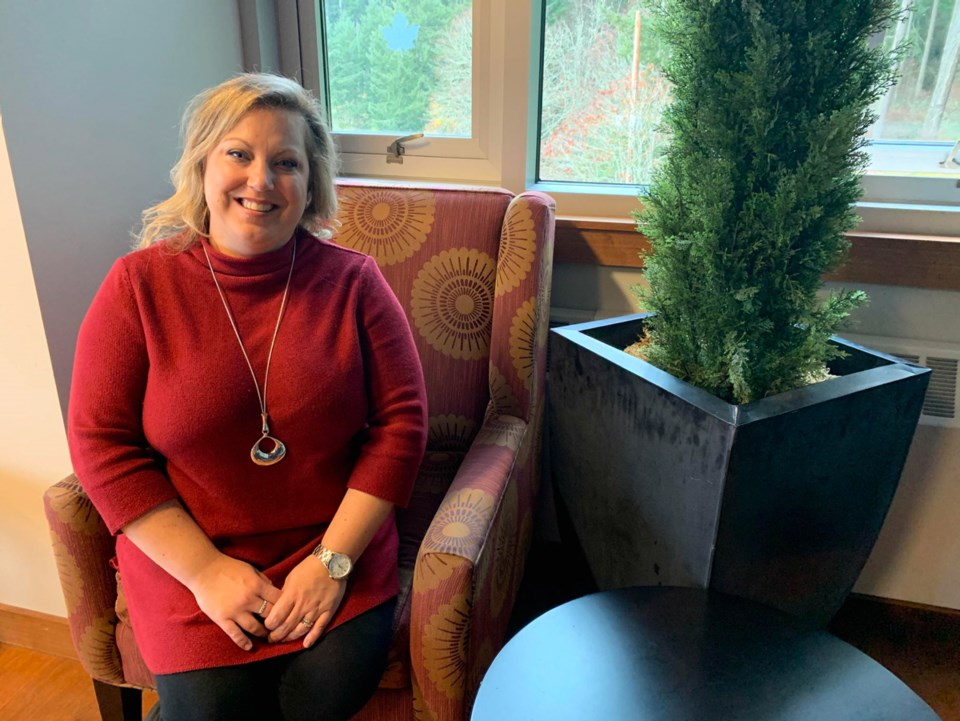A few years ago, my friend’s teenage daughter was thinking about looking for work. She had a disability that affected mobility and her ability to stand for long periods. She was thinking of applying at fast-food restaurants but knew her disability would affect this. Her mother told her to disclose her disability so she could be accommodated with a chair at a till. It turned out she never applied for any jobs at that time.
As adults, we can get apprehensive asking for things we want to make our jobs easier. I can see why a teenager might just try and avoid it altogether.
I’d forgotten about this until I sat down to write this column on the employability of people with disabilities.
Dayna Giorgio is passionate about this topic, and she has really opened my eyes to this issue. Giorgio works for KidsAbility Centre for Child Development, an organization helping children with special needs in Ontario. She is also researching the challenges between employability and disability in a master of arts program at Royal Roads University.
Speaking with some of our youth who are transitioning into adulthood, they face many challenges besides physical barriers, such as attitudinal barriers to employment, Giorgio said.
A few months ago, Giorgio introduced me to a very interesting statistic: When employers accommodate an employee with a disability, it often costs less than $500. When I heard this, I was shocked because it is such a small amount.
Hiring someone with a disability is good for business. It’s a largely untapped pool of talent, and often underrepresented when it comes to building inclusive, diverse workplaces, Giorgio said.
I know of people who have made far more significant requests of their workplaces that had nothing to do with disabilities and have had these requests granted. If an employer has a great employee, they will do what it takes to accommodate them.
When it comes to accommodations for someone with a disability in the workplace, there is a misconception that the costs can themselves be a barrier for employers, Giorgio said, adding that only 57 per cent of workplaces report having to spend anything on providing accommodations for employees.
The more I think about it, I realize that the accommodation isn’t the issue. In 2014, the Conference Board of Canada estimated that 500,000 job vacancies would be left unfilled. We are in the middle of this, and there are many local employers who are scrambling to fill positions. There have been many local news stories covering the employee shortage.
We need to include disability in the conversation and work to build a greater understanding and awareness overall, Giorgio said.
I agree with this. There needs to be a way where people with disabilities are welcomed into workplaces and encouraged to apply, knowing their disability doesn’t need to be a main focus.
There are many types of disabilities and barriers that come with them, and we as a community need to work together and change the way people with disabilities are included, supported and called upon.
I was speaking with some colleagues about interview processes and sharing experiences of Skype and phone interviews. By sharing these stories, we acknowledged it allows less bias to be included into the process. I don’t think most people are purposely excluding people with disabilities, but it can be done unintentionally.
This often begins early in life for a child who may communicate through technology. Parents will say how others will approach them in a grocery store, for example, and talk about the child, assuming that just because the child doesn’t communicate verbally, that they cannot communicate at all, Giorgio said. Often, it boils down to an awareness issue and being afraid to ask questions about a person’s communication devices or wheelchair.
When we work toward different outcomes, it’s important to change the initial lens we are looking through.
We’re told at a young age not to stare, don’t bother the person, don’t ask embarrassing questions — but asking questions is a good thing. It creates understanding and helps to build greater awareness, Giorgio said. In my experience, parents and children are typically happy to answer questions because it includes the individual with a disability in the conversation.
Charla Huber is the director of communications and Indigenous relations for M’akola Housing Society.



